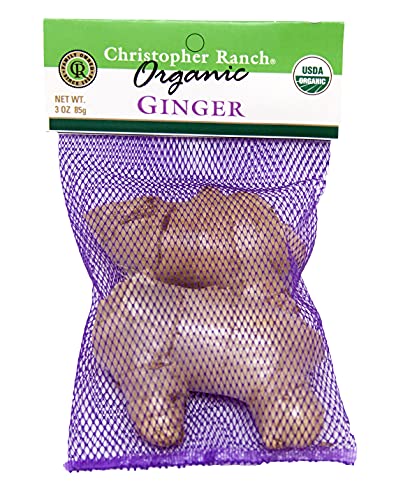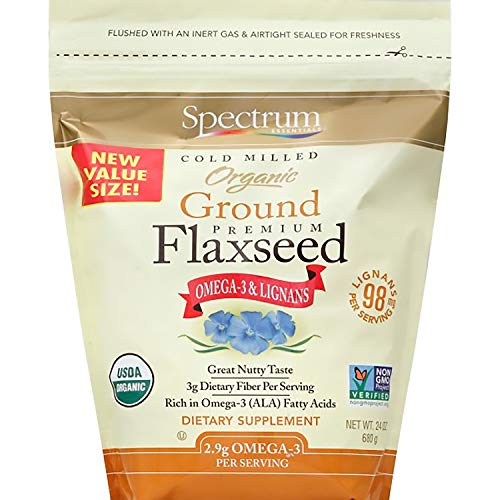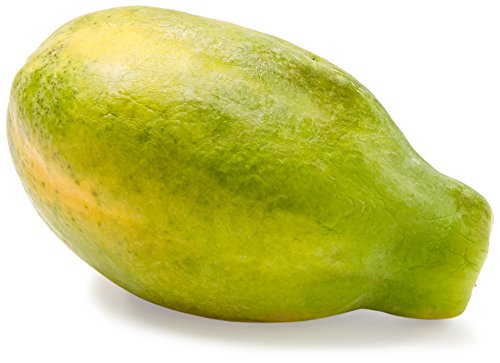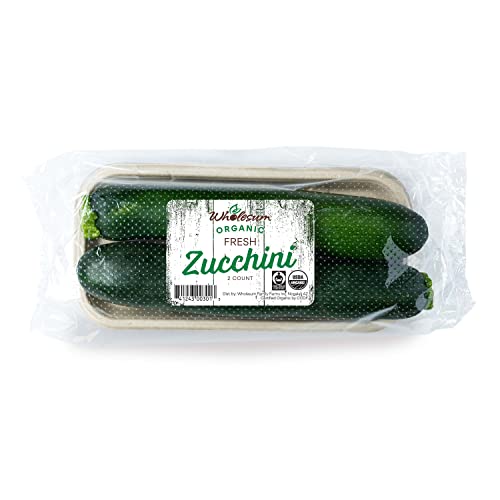From Farm to Gut: How Community Supported Agriculture Supports Your Microbiome
Get ready to support local farms and nourish your gut with farm-fresh goodness! In this article, explore the connection between Community Supported Agriculture (CSA) and gut health, and uncover how a CSA share can fuel your body while promoting a thriving microbiome. Join the movement to enjoy fresh, seasonal produce and embark on a journey towards better health today!
Understanding Community Supported Agriculture (CSA) and Its Benefits
First, let’s define CSA. It is a farming model that allows consumers to support local farmers by buying crop shares in advance. Essentially, you would purchase rights to the produce that has not been grown. This benefits both the consumer and the farmer- the consumer gets fresh, delicious, in-season produce, and the farmer secures the means to grow and harvest sustainably and economically. It is a win-win situation! One study looking into the benefits of CSA programs found that CSA members were likelier to eat a wide array of fresh produce and consume more significant amounts of produce.
Fresh Food, Happy Gut: Exploring the Nutritional Advantages of Local Produce
I really enjoy the taste of fresh produce that has come straight from the garden. There is just something different from produce this fresh and the produce sold at the grocery stores. Nothing is better than a fresh, juicy heirloom tomato picked straight from the garden and made into a yummy homemade salsa, used as a garnish on a deli sandwich, or eaten on its own. What’s different between the freshly picked local tomato and the tomato at the store?
Fresh, local produce grown in healthy soil typically has higher nutrient content- higher amounts of fiber and a more comprehensive array of micronutrients (vitamins, minerals, phytochemicals). This is due to the timely harvesting of the produce in relation to human consumption. Fresh produce picked at its peak ripeness is also at its highest nutrient profile, making it the optimal source. These nutrients are critical for optimal health and, even more so, gut health. Our gut microbiome relies on the nutrients from high-fiber foods like fruits and vegetables to feed the healthy gut bacteria. In return, our gut is strengthened, resulting in better immunity and reduced inflammation and GI-related problems.
Additionally, many CSAs participate in organic farming practices that are more sustainable for the environment. They pledge to avoid synthetic herbicides and pesticides, which can potentially harm the gut microbiome by reducing the richness of the soil microbiota in which the plants grow.
Beyond the Harvest: Exploring the Link Between CSA Participation and Gut Microbiome
Research has shown that the biodiversity of bacteria within the soil is richer in rural farming communities compared to urban areas, possibly resulting in improved gut health and overall immunity within the rural populations of both humans and animals. In addition, it has been suggested that mass food production has reduced bacteria biodiversity due to the increasing use of agrochemicals, low plant diversity, and rigorous soil management practices.
CSAs often grow a wide variety of produce, promoting soil richness and diversity of the microbes. Also, their sustainable and organic growing practices limit the potential harm of conventional farming methods, which could potentially be detrimental to the biodiversity of microbes found in the soil. This is critical because it allows exposure to the human gut, which can improve the diversity and richness of good bacteria. Furthermore, due to exposure to microbes from farming practices, there may be a potential for a reduction in allergies and asthma-related diseases. Thus, CSAs are a great way to increase biodiversity within a more urban region and promote better health for the population there.
Maximizing Gut Health with Your CSA Share: Practical Tips and Strategies
Now, let’s get involved with a local CSA in your town. Try out the USDA’s CSA Directory to find one near you! When looking for a good match, make sure to find a CSA that offers a variety of produce options. Some CSAs operate differently, and picking the one that is best for you is important. Some key points to consider are:
Quantity needed. Some CSA shares provide boxes of produce that feed 2-4 people, and some produce more. This can also vary throughout the season because there may be a higher quantity of produce harvested towards the end of a growing season. You want to make sure to choose a CSA that will meet the needs of your family/household while limiting food waste.
Location of the CSA. Find one close to you, as it will require a weekly trip to pick up fresh produce. Some CSAs have local meet-up locations like a church or shopping center parking lot. Some of them require that you drive to their actual farm. Taking this into consideration can save you time.
Option of choice. CSA operations can be run differently. Some shares only provide boxes of produce that the farmer selects and gives to the participants weekly, while other shares allow participants to make choices on the produce that is given weekly. So it really depends on whether you like surprises or having plans.
Seeding a Healthy Gut and Community: How CSA Supports Sustainable Farming Practices
Now that you’ve chosen a CSA, how can you utilize the produce to optimize your health?
Be adventurous with the produce provided to create various new dishes to try. This could be a great time to experiment with new recipes. Often, CSAs offer additional resources that can benefit the participant- canning classes, recipe cards, etc. Widening your variety of produce intake helps to create a strong and diverse gut microbiome! Additionally, CSAs often have other food items for sale, such as farm-fresh eggs, local honey, and canned goods. Consuming a variety of these can also benefit your gut health.
- Consumption of honey has been shown to possibly reduce bad gut bacteria and promote the growth of good bacteria. Although evidence is scarce, many believe ingesting honey helps improve the tolerance of seasonal allergies/immunity.
- Consumption of fermented foods like sauerkraut and kimchi also support gut health by feeding good gut bacteria. Try these out if offered, or you can always learn to make them yourself with the fresh produce you get from your CSA share!
Get involved beyond the fork. If your CSA offers volunteer opportunities on the farm, this is a terrific way to get direct contact with soil that is rich in nutrients and good for your gut bacteria. Don’t be scared to get your hands dirty and learn the art of gardening. Not only are you helping your local farmer, but you are also helping yourself. Being outside and doing something fun is great for mental health, which can also directly impact your gut microbiome.
Lastly, by participating in a local CSA, you positively impact the local economy and agriculture by promoting sustainable farming practices and supporting a small business.
We’d love to hear about your experiences with CSAs in your hometown and some of the fun recipes you’ve tried with local produce. Feel free to add to the comments section below and help others who are part of the Foodguides community!
- Asha'ari, Z. A., Ahmad, M. Z., Jihan, W. S., Che, C. M., & Leman, I. (2013). Ingestion of honey improves the symptoms of allergic rhinitis: evidence from a randomized placebo-controlled trial in the East coast of Peninsular Malaysia. Annals of Saudi medicine, 33(5), 469–475.
- Bertola, M., Ferrarini, A., & Visioli, G. (2021). Improvement of Soil Microbial Diversity through Sustainable Agricultural Practices and Its Evaluation by -Omics Approaches: A Perspective for the Environment, Food Quality and Human Safety. Microorganisms, 9(7), 1400.
- Blum, W. E. H., Zechmeister‐Boltenstern, S., & Keiblinger, K. (2019). Does soil contribute to the human gut microbiome? Microorganisms, 7(9), 287.
- Diekmann, L., Gray, L. E., & Thai, C. L. (2020). More than Food: The social benefits of localized urban food systems. Frontiers in Sustainable Food Systems, 4.
- Hirt, H. (2020). Healthy soils for healthy plants for healthy humans. EMBO Reports, 21(8).
- Jatzlauk, G., Bartel, S., Heine, H., Schloter, M., & Krauss‐Etschmann, S. (2017). Influences of environmental bacteria and their metabolites on allergies, asthma, and host microbiota. Allergy, 72(12), 1859–1867.
- Montgomery, D. R., & Biklé, A. (2021). Soil Health and Nutrient Density: Beyond Organic vs. Conventional Farming. Frontiers in Sustainable Food Systems, 5.
- Roos, D. (n.d.). Community Supported Agriculture (CSA) resource guide for Farmers. NC State Extension News.
- Schell, K. R., Fernandes, K. E., Shanahan, E., Wilson, I., Blair, S. E., Carter, D. A., & Cokcetin, N. N. (2022). The potential of honey as a prebiotic food to re-engineer the gut microbiome toward a healthy state. Frontiers in Nutrition, 9.
- Trivedi, P., Mattupalli, C., Eversole, K., & Leach, J. E. (2021). Enabling sustainable agriculture through understanding and enhancement of microbiomes. New Phytologist, 230(6), 2129–2147.
- Wastyk, H. C., Fragiadakis, G. K., Perelman, D., Dahan, D., Merrill, B. D., Yu, F. B., Topf, M., Gonzalez, C. G., Van Treuren, W., Han, S., Robinson, J. L., Elias, J. E., Sonnenburg, E. D., Gardner, C. D., & Sonnenburg, J. L. (2021). Gut-microbiota-targeted diets modulate human immune status. Cell, 184(16).























Comments
Join The Conversation...